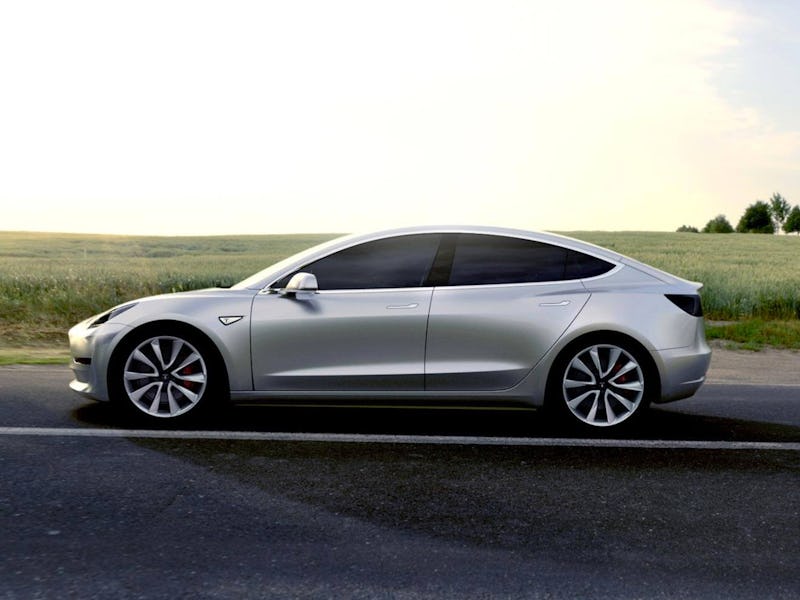The big day is here. Last year, Tesla CEO Elon Musk told investors that the company had a self-imposed deadline to start production of its upcoming Model 3 vehicle by July 1, 2017. The $35,000 car, by far the cheapest it’s ever made, represents an engineering challenge for Tesla as it pushes to increase production capacity to meet the higher-than-usual expected demand from consumers.
How did Musk do? We should find out tomorrow. On Friday, Musk took to Twitter to say that the final Model 3 reveal will take place on Sunday. There’s still a lot we don’t know about the car, so fans will be waiting to find out when they can expect to receive one, how much optional extras will cost, and whether the car has entered production.
July 1 was always a tough deadline to meet. Musk himself described the deadline in May 2016 as “impossible,” with delays of a couple of months likely “unavoidable,” none of which exactly strikes a confident tone.
The deadline was ended as a way of holding suppliers’ “feet to the fire” and push them into action. Where Tesla makes fewer than 100,000 cars per year today, the company aims to make 500,000 annually by the end of 2018, half of which will be Model 3. That means ensuring all suppliers are up to speed to meet these goals.
Tesla has taken some key steps to make production as rapid as possible. The car itself is simpler, using half the amount of cabling as a Model S and using only two computers instead of one. The car has been designed to make it easier for employees working on the factory line to reach and conduct work. Tesla has also skipped the “soft tooling” phase, normally where a company uses non-final tools to see how the production line works.
Elon Musk in 2014, announcing the construction of the Gigafactory that will form a key part of Model 3 production.
If Tesla’s skipped this deadline, it wouldn’t be the first time. The Model X sports utility vehicle was also delayed by a few months. It wouldn’t be surprising, either: there’s a lot of new technology at play, with the 5.8-million-square-foot Gigafactory in the Nevada desert still under construction. When complete, the factory will form an integral part of Model 3 production, but before then, both the car and Gigafactory will have to find their feet together. Any delays in finishing Gigafactory construction could have a knock-on effect for ramping up Model 3 production to meet company goals. Musk has a lot to think about.
